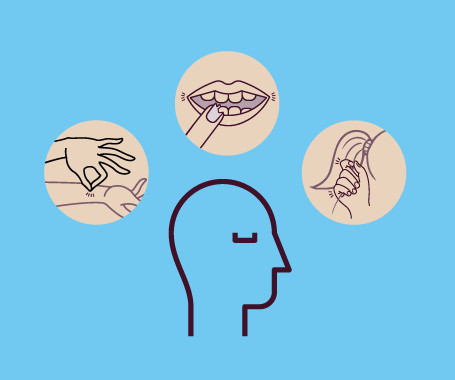Cognitive Behavioral Therapy for Youth Anxiety: An Overview and Future Directions
Society of Clinical Psychology
JANUARY 4, 2020
Cognitive Behavioral Therapy (CBT), deemed a “well-established” intervention for the treatment of child and adolescent anxiety (Hollon & Beck, 2013), typically addresses anxiety using a two-pronged approach. 2015), although exposure use in community clinics remains low (Whiteside, Deacon, Benito, & Stewart, 2016). Author Bio.











Let's personalize your content